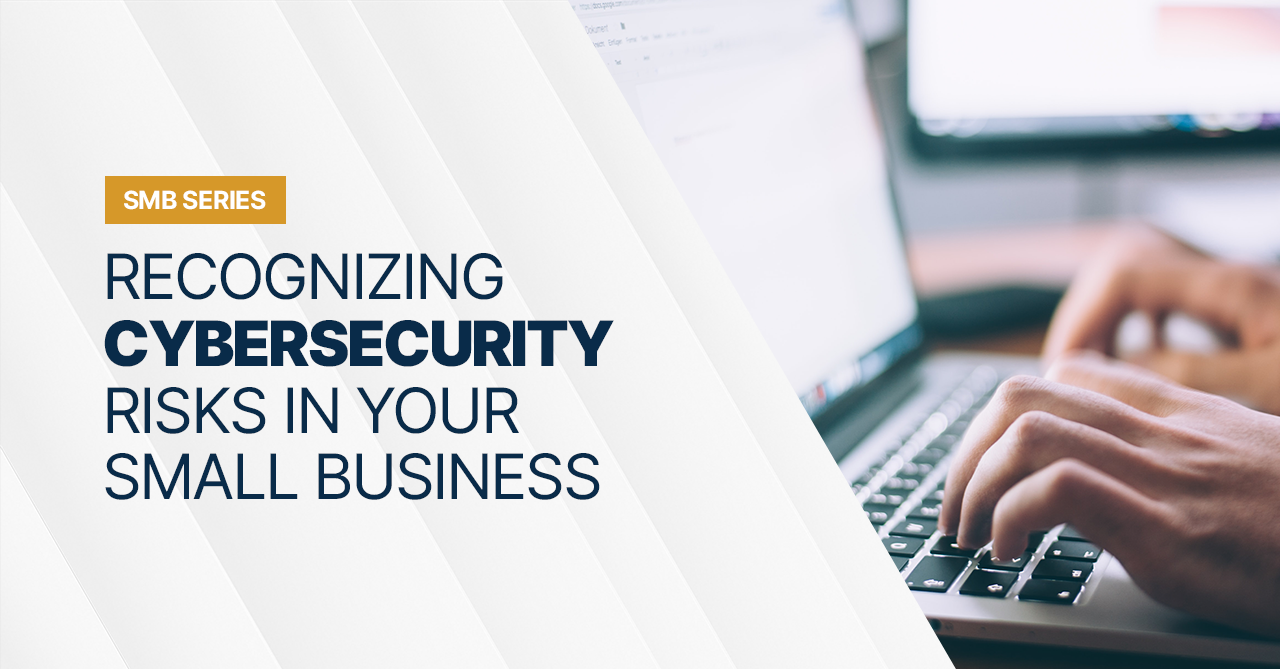
By now, the cybersecurity threats facing businesses should be apparent.
In the last few years, bad actors have successfully targeted companies large and small with costly ransomware attacks or data breaches.Unfortunately, no one is outside the reach of those who want to cause harm.
Despite these obvious threats, many companies often think they have enacted the right procedures and controls. When they read these headlines, many ask themselves, “How did that happen?” and, of course, the classic “But that could never happen to a small business like me.”
It may not surprise you to know that many companies asking these questions don’t actually have the right protocols, even though they know the threats exist. Or, equally problematic, they have the wrong protocols but think they have the right ones. Or they may even have the right protocols on paper but aren’t actually following them in their day-to-day work. Each of these scenarios increases the amount of risk your MSP takes on, which creates more risk for your customers, and more liability for you.
Is the threat landscape ever-changing? Yes. Are data breaches, ransomware attacks and other threats going to subside anytime soon? Unlikely! The world simply faces an endless horizon of neverending change and challenges. The good news? while that might seem overwhelming, it also presents a valuable opportunity.
An endless realm of discovery
It’s up to organizations to harness the nearly unlimited data at their disposal to benefit their operations.
Consider that in 2021, users generated 2.5 quintillion bytes of data daily — and it seems that volume will only increase. The cloud could be home to more than 200 zettabytes of data by 2025.
Mining that data is a lot like space exploration. In space, we are continually redefining our focus and areas of exploration, and new tools allow us to see deeper and more clearly, obtain more information, and thoughtfully reallocate resources for maximum impact.
The threat landscape — and specific threats like cybersecurity — is similar. The unfortunate reality (or, fortunate reality if you’re more of a “database is half full” kinda person) is that data is a double-edged sword.
Companies that wish not only to survive, but to thrive, must reinvent their security or adopt new procedures using the proliferation of new tools, vendors, processes, and security frameworks. Otherwise, the prospect of keeping up not only seems unrealistic – it is.
New threats or information overload?
The landscape is changing, in part, because we have more insight. We now have the power to collect more detailed and granular data, and we have the tools to make that data intelligible and comprehensible to our relatively puny human minds.
New threats are on the horizon and threat actors are becoming more invasive, and they’re becoming more resilient in their operations. But at the same time, these threat has always been present; they’re simply more apparent today than ever (which is in itself a good thing).
Whether a company relies on physical technology or the cloud, threat actors don’t discriminate; we’re seeing the same attacks focusing on organizations that are less physical and more focused on the cloud.
Data brings with it new tools and processes that allow businesses to tackle long-standing problems in new ways. With new insights, education and frameworks, companies have more accessible, usable resources to be better prepared to face the threats that are out there. It’s one thing to know all of the best practices, but as any cybersecurity expert could tell you, actually putting them into practice and integrating them into your regular workflows is a whole nother challenge.
Every decision today must be data-driven
It’s no secret that data is the driver of everything today, and often, that’s what threat actors are going after. If they get into a system, they get into a database, take a company’s data, encrypt it, and send an empty bag for you to fill with money to get it back (now, whether you get your data back after you pay, or whether you get hit with additional fines for paying sanctioned international actors is another story).
The impetus for security and technology professionals is to maintain their due diligence and stay educated about the evolving landscape (both the threats out there and the tools available to protect against them). In many cases, the challenge rests on the user – can you not only use your stack to gather the necessary data but can you act on it? Can you use your stack as a resource to maintain cybersecurity compliance, or is it a hindrance? Can you figure out how to delegate more tasks to automation so you can focus on performing the work that truly only you can do?
How do we do that? Stay tuned for more.
In the meantime, if you want to learn more about the cybersecurity standards Managed Service Providers (MSPs) are using, read more at Why CIS Matters.